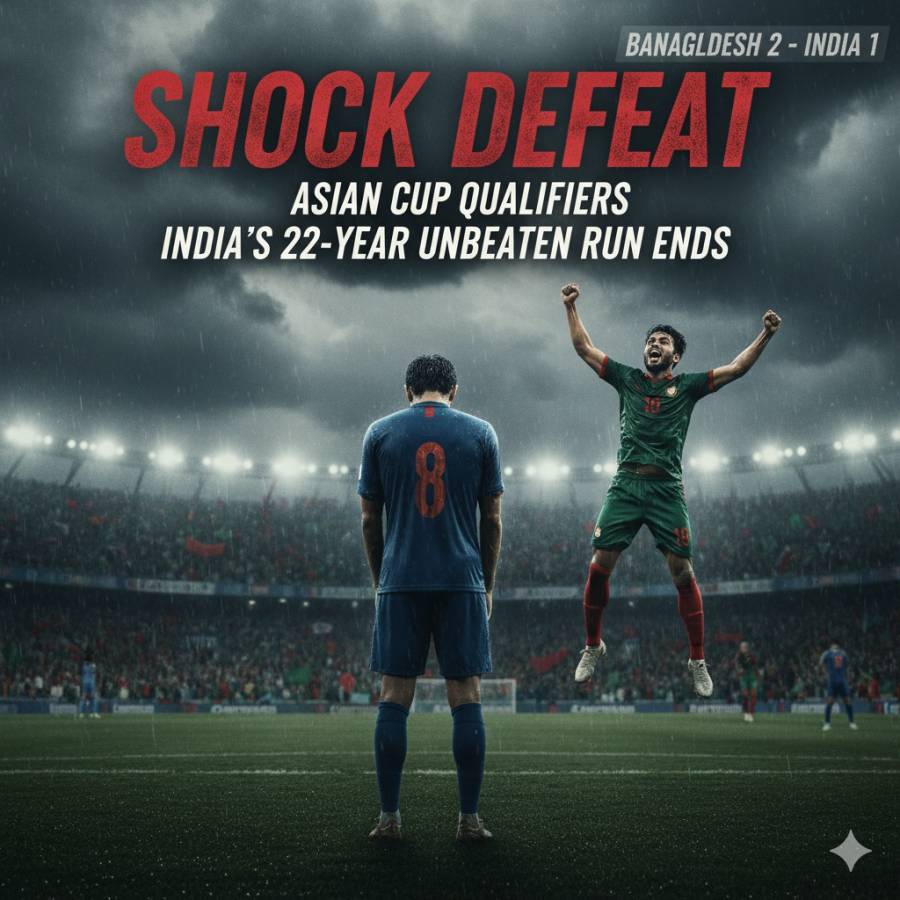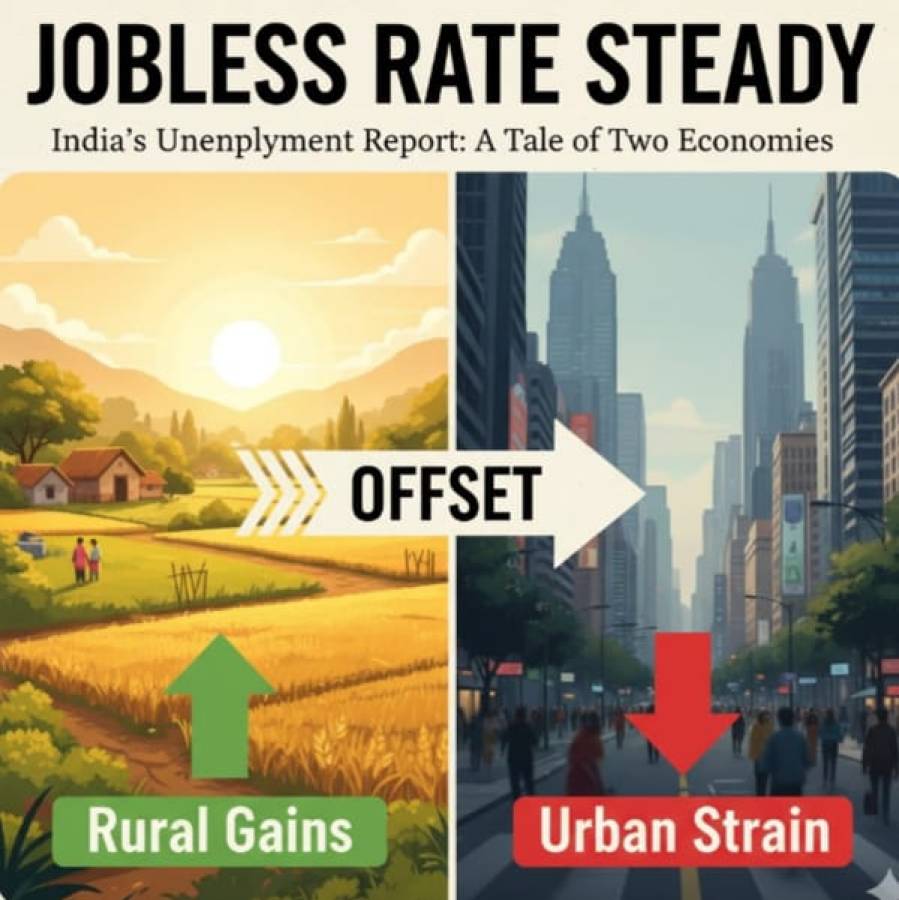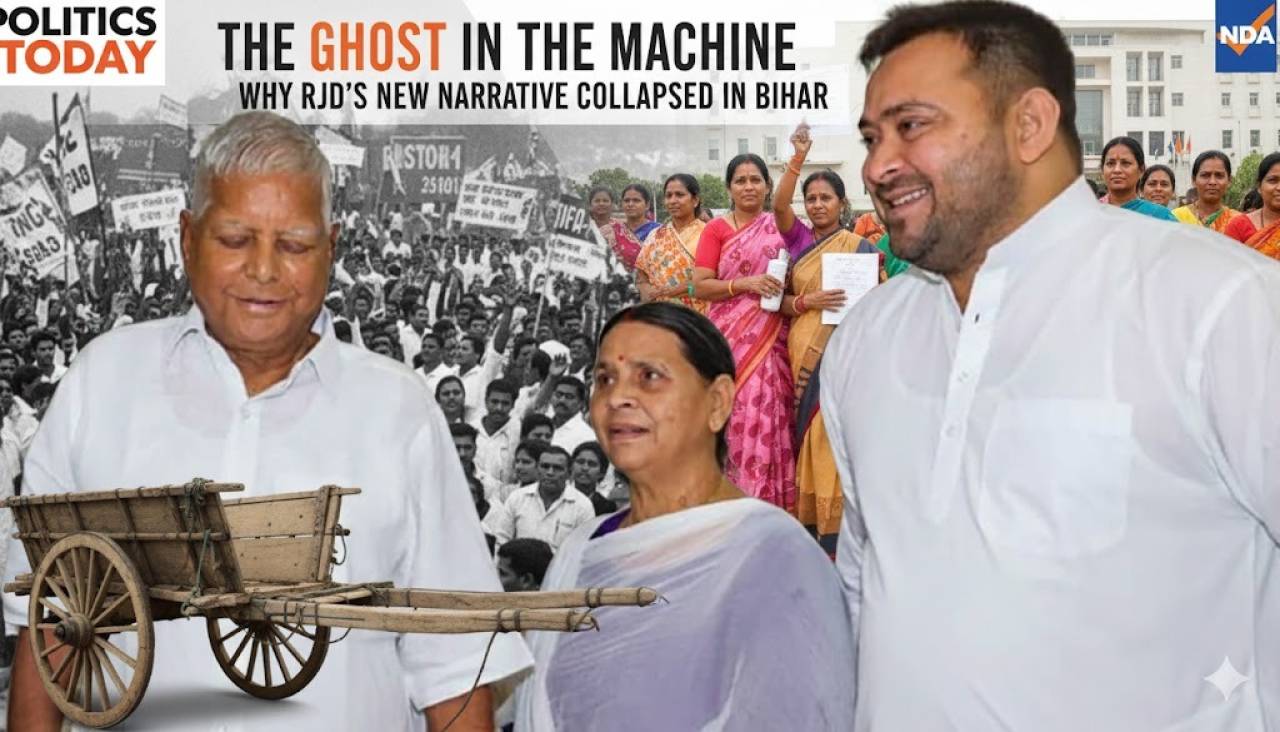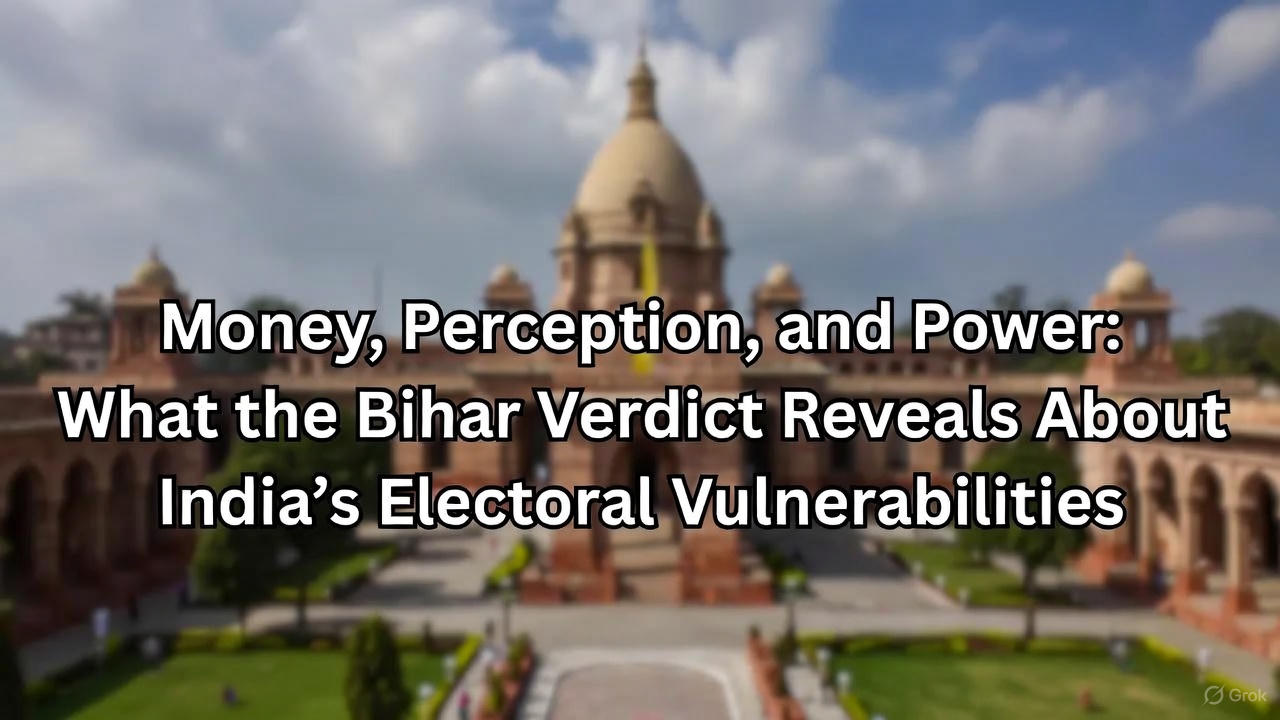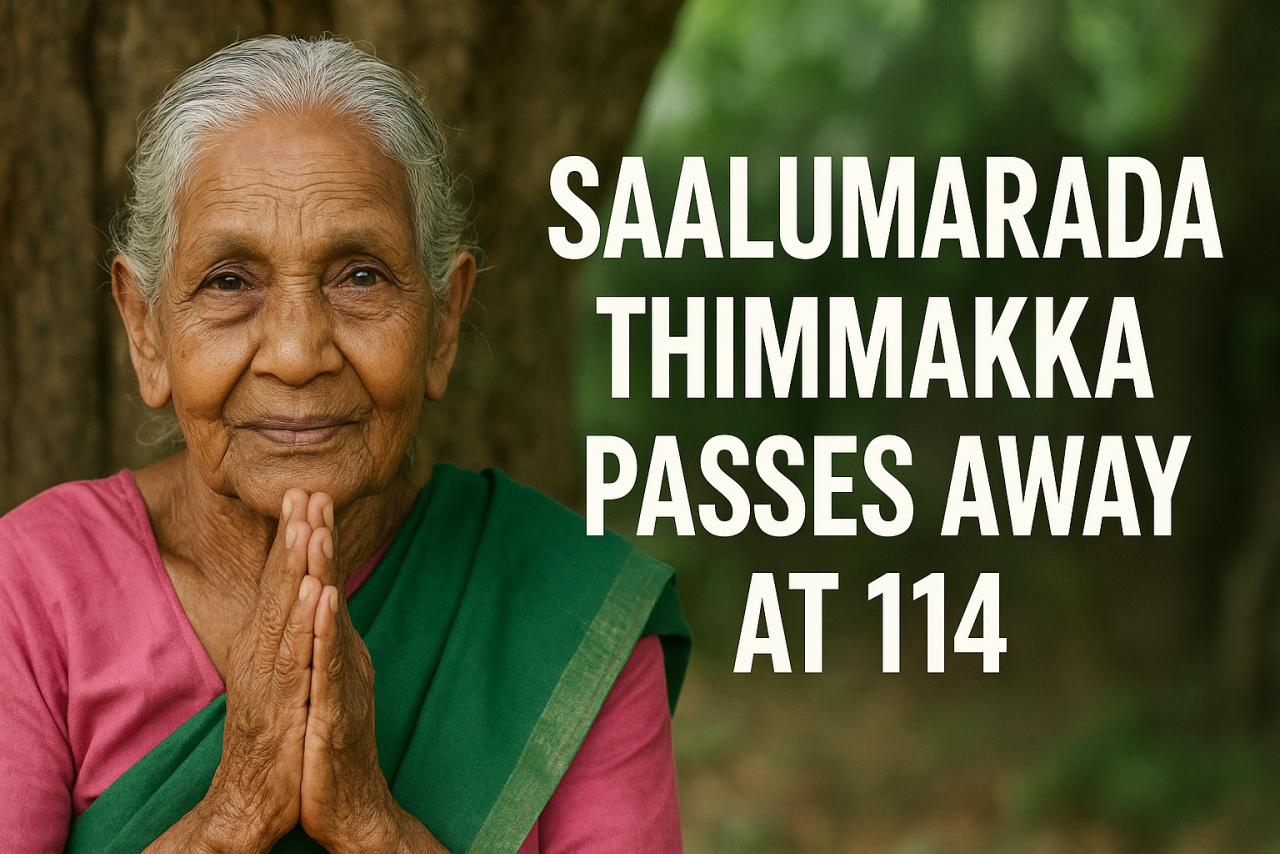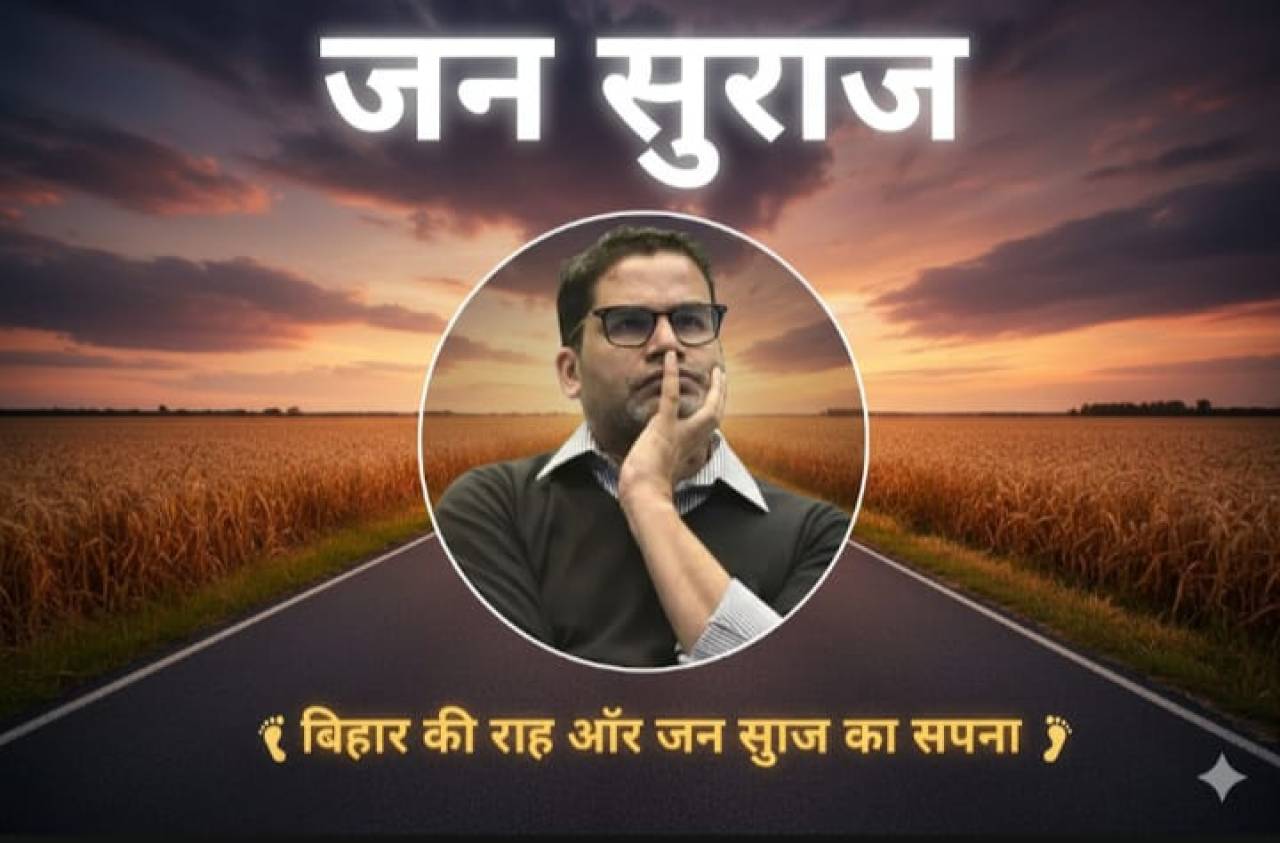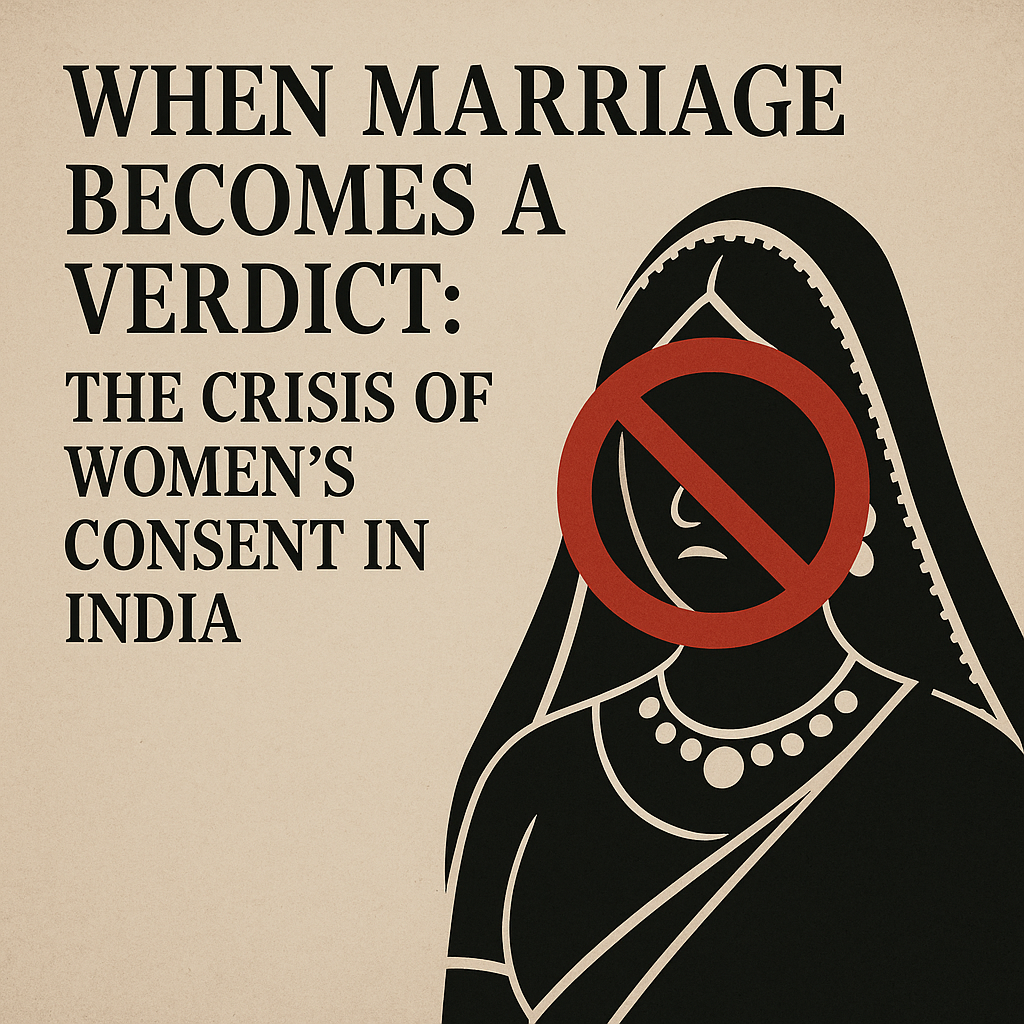
In India, weddings are grand spectacles—flashes of gold, hennaed hands, and drone-shot videos that mask an age-old paradox: the bride smiles, but does she choose? Amid caste codes, social obligations, and family mandates, a woman’s “no” often vanishes in the echo of tradition. The recent case of Sonam, accused of murdering her husband, Raja Raghuvanshi has captivated the public eye. Yet beneath the swirling headlines lies a truth far grimmer than any murder mystery: the suffocating void of consent in Indian marriages.
The Spectacle vs The Substance
Raja Raghuvanshi’s body was found in Sohra, near Cherrapunji, on June 2. His wife Sonam, just 25, was arrested soon after, along with four other men, one allegedly her former lover. Media channels were quick to brand it “The Honeymoon Murder,” complete with sinister soundtracks and zoomed-in wedding photos. It was irresistible tabloid fodder. But in the rush to turn tragedy into entertainment, the media glossed over the more important story: a young woman possibly trapped in a life she didn’t choose.
Four months before the marriage, Sonam had reportedly met Raja through a traditional arranged setup, where caste, class, and family approval act as filters. Their wedding, celebrated with pomp, soon turned into a crime scene. But long before the alleged murder, the question that should have been asked was this: was Sonam ever allowed to say “no”?
A Culture That Orchestrates Consent
India continues to be a society where arranged marriages are the rule, not the exception. According to a 2018 survey, 93% of Indians still prefer arranged marriages. Among people in their 20s, this figure is 90%. Young or old, love is often less a personal journey and more a family project—particularly for women.
Sonam’s earlier relationship reportedly involved a man from a different, lower caste—deemed unsuitable by her family. To marry him would’ve been to dishonor them. Her eventual husband, Raja, was an employee in her father’s business—presentable, obedient, and within caste comfort. The match checked all the traditional boxes. Except, perhaps, the most important one: mutual consent.
Why Didn’t She Just Say No?
This question is soaked in privilege. For many Indian women, the freedom to refuse is a myth. Defying one’s parents, especially on matters of marriage, is tantamount to rebellion. Refusing a match often leads to emotional blackmail, social ostracism, or even violence. The consent of women is too often manufactured, not sought.
Marriage in such settings becomes less a union and more a verdict—a ruling delivered by elders, stamped with caste norms, and sealed with rituals. A woman’s silence is interpreted as approval. Her compliance is mistaken for choice.
Love, Duty, and the Cost of Obedience
Let’s be clear: murder is indefensible. If Sonam is found guilty, the law must take its course. But the emotional and societal pressures that could have brought her to such a point warrant scrutiny. What does it say about our culture if a woman, in the 21st century, still feels she has to suppress love, perform consent, and enter a marriage out of duty?
In 2021, India recorded 33 honour killings. These are not relics of a feudal past—they are present-day reminders that choosing whom to love can still cost a woman her life. But honour killings are just the visible tip of a deeply submerged iceberg. Many more women remain locked in marriages they didn’t choose, or in relationships they cannot leave. Divorce is taboo. Singlehood is suspect. And emotional suffering is normalized.
A Society That Punishes the Rebellious Woman
When a woman is killed by her husband, it barely makes the evening news. But when the roles are reversed, as allegedly in Sonam’s case, it becomes a national spectacle. Gender-based violence has become so routine that only its inversion startles us. It’s only when women push back; when they refuse, leave, or fight back, that society labels them dangerous.
Even Sonam’s brother publicly declared her “100% guilty,” promising Raja’s family that she would be punished. The message is clear: the patriarchy does not tolerate disobedience. That a woman might want love on her terms, or agency in her marriage, is still seen as rebellion.
The Real Tragedy
The tragedy is not only Raja’s untimely death, but the deeper tragedy of a woman seemingly trapped between duty and desire. A society that exalts marriage but ignores consent is bound to create such collisions. In Sonam’s story, we see more than a crime—we see a system that leaves women little space to breathe, let alone choose.
What Needs to Change
India does not need more sensational headlines. It needs a revolution in thought. We must redefine the meaning of consent—not just in the context of sex, but in every relationship, especially marriage. Saying “no” must be seen as a right, not a rebellion.
We need better laws, yes. But more urgently, we need cultural reform. Families must raise daughters to choose, not comply. Communities must learn that honour is not housed in a woman’s obedience but in her freedom. And media must learn to tell these stories not as mysteries, but as mirrors.
Until then, stories like Sonam’s will keep resurfacing not as exceptions, but as warnings. And the women who wanted to live on their terms will be remembered not for their choices, but for the chaos they were forced into.


